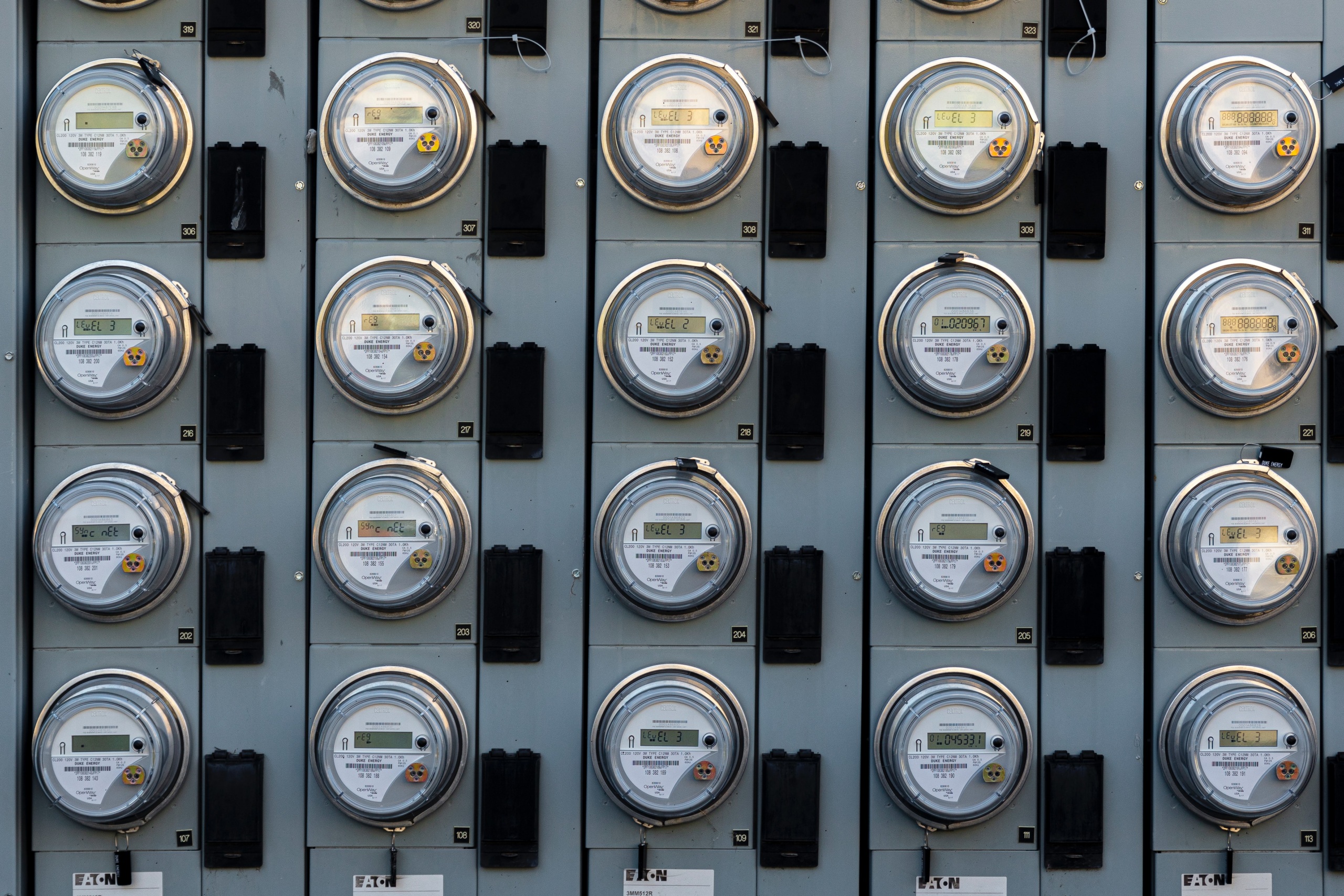
The Power of Efficiency
Opportunities to Expand the Economy, Save Money and Reduce Pollution in Ohio
The energy sources Ohio uses wreak havoc on household budgets across the state, create air pollution and contribute to global warming. The cleanest, cheapest and fastest way to address this crisis is to use energy more wisely by improving efficiency. The Power of Efficiency explains how electric utilities in Ohio can obtain energy savings of 22
percent of their annual sales by 2025 by improving energy efficiency by following the lead of states across the country that have adopted strategies to increase energy efficiency. These programs help to reduce energy use while delivering financial savings for citizens, businesses and institutions. Ohio deserves nothing less.
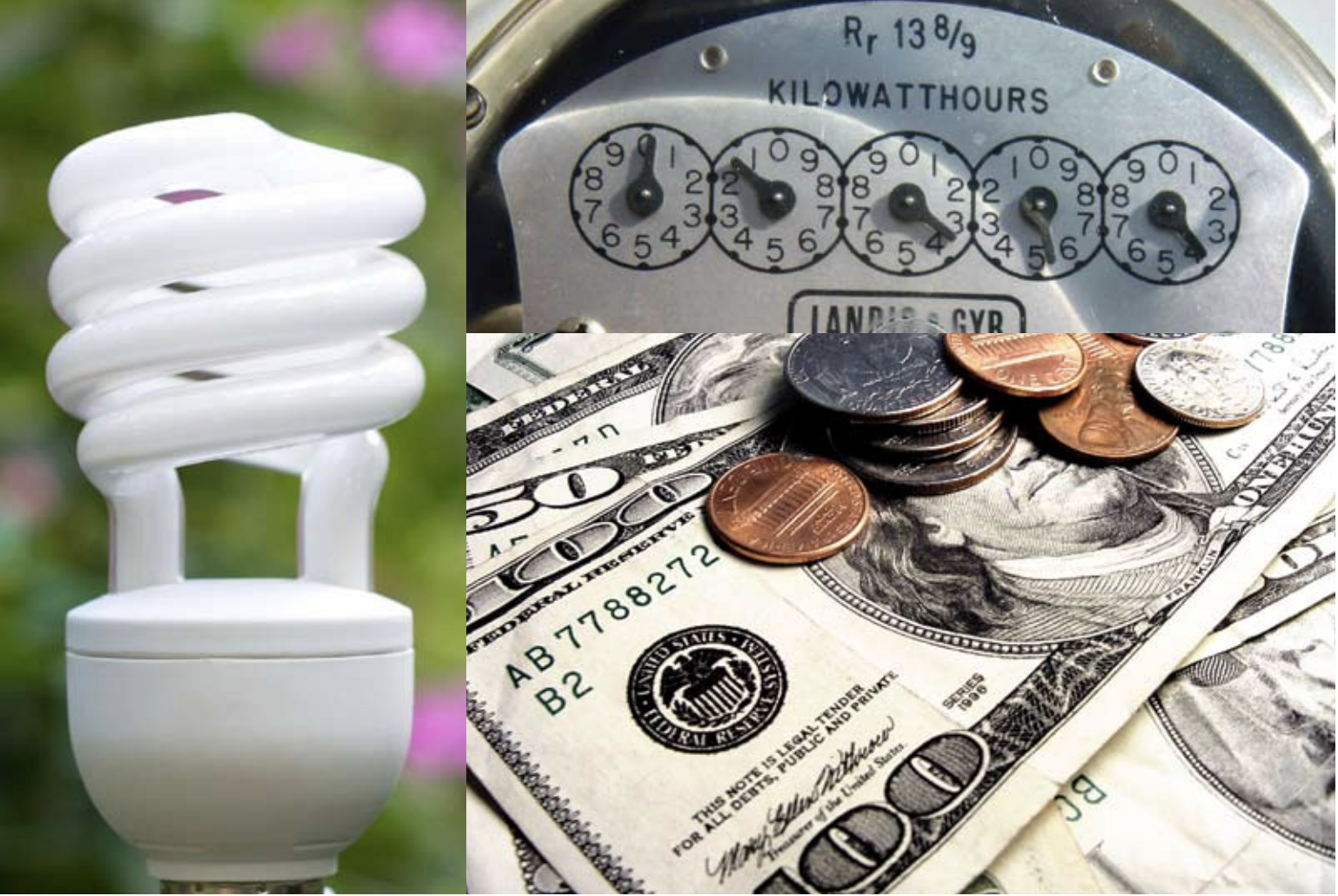
Downloads
Ohio is at an energy crossroad—with a dirty past and the chance for a clean energy future.
The energy sources Ohio uses today wreak havoc on household budgets across the state, create air pollution and contribute to global warming. Residential electricity prices increased 9 percent from May 2007 to May 2008. At the same time, 86 percent of electricity used in the Buckeye State comes from coal-fired power plants, with the result that Ohio has the second highest emissions of global warming pollution from electricity generation of any state. In addition, 70 percent of the coal burned in Ohio’s power plants is imported from other states, meaning that Ohio spends billions of dollars to import out-of-state energy resources rather than supporting local jobs and businesses.
The cleanest, cheapest and fastest way to address this crisis is to use energy more wisely by improving efficiency. Ohio has a long history of providing energy efficiency services to low-income populations through its weatherization programs, but it has lagged far behind other states in energy efficiency funding for all customers. Earlier this year, however, Ohio adopted energy efficiency legislation that requires electric utilities to obtain energy savings of 22 percent of their annual sales by 2025 by improving energy efficiency. To achieve this long-term goal—in which we can get more heat, light and work from the same amount of energy—the Public Utilities Commission of Ohio must ensure that utilities (or an independent third-party administrator) establish strong energy efficiency programs today.
For guidance on how to move toward that new goal, Ohio can look to states across the country that have adopted strategies to increase energy efficiency. These programs help to reduce energy use while delivering financial savings for citizens, businesses and institutions. Ohio deserves nothing less.
Energy efficiency programs can help homeowners tap into vast potential energy savings, offsetting up-front costs and delivering long-term savings on energy bills. For example:
• Through public education and targeted rebates, New York encourages homeowners to replace outdated and inefficient appliances with energy-saving models. Participating families save an average of $600 per year in energy costs.
• New Jersey offers rebates to homeowners who purchase efficient furnaces or air conditioners. Tens of thousands of New Jersey households have participated and now save an average of $63 per year on heating and cooling.
• California utilities provide discounts on compact fluorescent light bulbs, which deliver the same levels of light as incandescent bulbs while using 75 percent less electricity and lasting up to 10 times as long. Pacific Gas & Electric estimates that in 2007, its customers installed about 25 million efficient bulbs—which will yield on the order of $300 million in electricity savings over time.
• Vermont educates home builders about energy-efficient design and building techniques, increasing the quality of home construction. In 2006, 22 percent of all new homes in the state met Energy Star performance standards, with energy bills at least 30 percent lower than a typical home.
• Ohio helps low-income customers reduce their energy bills through free home energy audits and weatherization. In 2004–2005, the program saved the average low-income family $75 to $268 per year.
Energy efficiency programs can help businesses, industry, local governments and institutions achieve new competitiveness by managing their energy use. For example:
• In Massachusetts, a utility offers free energy audits for small business customers, plus financial incentives toward the installation of efficient equipment—paying up to 70 percent of the cost of the new equipment, with interest-free financing on the rest. Participating businesses typically see a 30 percent reduction in their energy use.
• New York offers a program that helps schools, hospitals, businesses, factories and local governments incorporate energy-efficient design and install efficient equipment at the time of construction, when it is most cost-effective. The program offers up to $55,000 in design assistance, free ongoing advice from trained architects and engineers, incentives for the purchase of energy efficient technologies and rewards of up to $15,000 for achieving high-energy performance.
• Minnesota’s largest electric utility helps businesses identify opportunities to reduce lighting costs and provides rebates to facilities that install energy-efficient lighting. From 2001 to 2003, the program saved businesses and institutions in Minnesota nearly $16 million on electricity—savings that will last many years.
• Connecticut offers a program that helps businesses to replace outdated equipment with energy-efficient models—covering the entire additional cost of efficient equipment
over standard versions.
• Wisconsin created a program to help manufacturers and industrial facilities reduce energy use, providing technical advice, training, information and financial incentives. In 2006, Wisconsin businesses saved more than $17 million through energy efficiency.
In addition to helping individual homeowners and businesses, energy efficiency programs benefit society as a whole.
• Efficiency programs create jobs and grow the economy. For example, New York’s Energy Smart programs have created 4,200 jobs since 2002, and Wisconsin’s Focus on Energy program is expected to increase disposable income for Wisconsin residents by more than $4 billion over 25 years.
• Energy savings function like virtual power plants—but without the need to build costly infrastructure. For example, efficiency measures deployed in Connecticut from 2000
to 2006 will, over time, save the equivalent of the electricity needs of 2.8 million Ohio homes for a year; and between 2001 and 2005, New Jersey’s efficiency programs reduced electricity demand enough to replace a medium-sized power plant (450 megawatts).
• Efficiency programs reduce energy prices for everyone. By reducing demand, energy efficiency programs can put downward pressure on the price of electricity, and reduce the need to build expensive new plants.
• Energy efficiency is extremely cost effective. For example, every dollar spent on efficiency in Connecticut yields about $4 in consumer savings over time. In Wisconsin in 2005, efficiency upgrades saved electricity at a cost of 3 cents per kWh saved.
Had those efficiency investments not occurred, consumers would have had to buy that electricity at an average retail cost of 7.5 cents per kWh.
• Energy efficiency programs can cut back on pollution, including the pollutants that cause global warming. A 10 percent improvement in electricity efficiency in Ohio would have reduced pollution by the same amount as taking 2.5 million cars off the road for a year.
Ohio can realize the benefits of energy efficiency by establishing energy efficiency programs such as those highlighted above. To achieve this:
• Utilities need to propose effective programs to the PUCO for review, and work in collaborative processes to refine their proposals. Their efficiency programs—whether run
by the utility or by an independent program administrator—must serve all electricity consumers, including residential, commercial and industrial power users.
• The PUCO should monitor and evaluate the results of efficiency programs adopted by utilities to ensure that they deliver meaningful results at a reasonable cost.
• When achieving energy savings up to the amount required in law, utilities should be allowed to recover the cost of energy efficiency programs but not be allowed to collect more than is actually spent on energy efficiency investments.
If utilities implement more ambitious programs, the PUCO could consider a more generous cost recovery rate for utilities. The cost of efficiency programs should be borne
fairly by all types of users.
• Ohio should establish a comparable natural gas efficiency program to help reduce demand for natural gas.
Topics
Authors
Elizabeth Ridlington
Associate Director and Senior Policy Analyst, Frontier Group
Elizabeth Ridlington is associate director and senior policy analyst with Frontier Group. She focuses primarily on global warming, toxics, health care and clean vehicles, and has written dozens of reports on these and other subjects. Elizabeth graduated with honors from Harvard with a degree in government. She joined Frontier Group in 2002. She lives in Northern California with her son.
Timothy Telleen-Lawton
Policy Associate
Find Out More
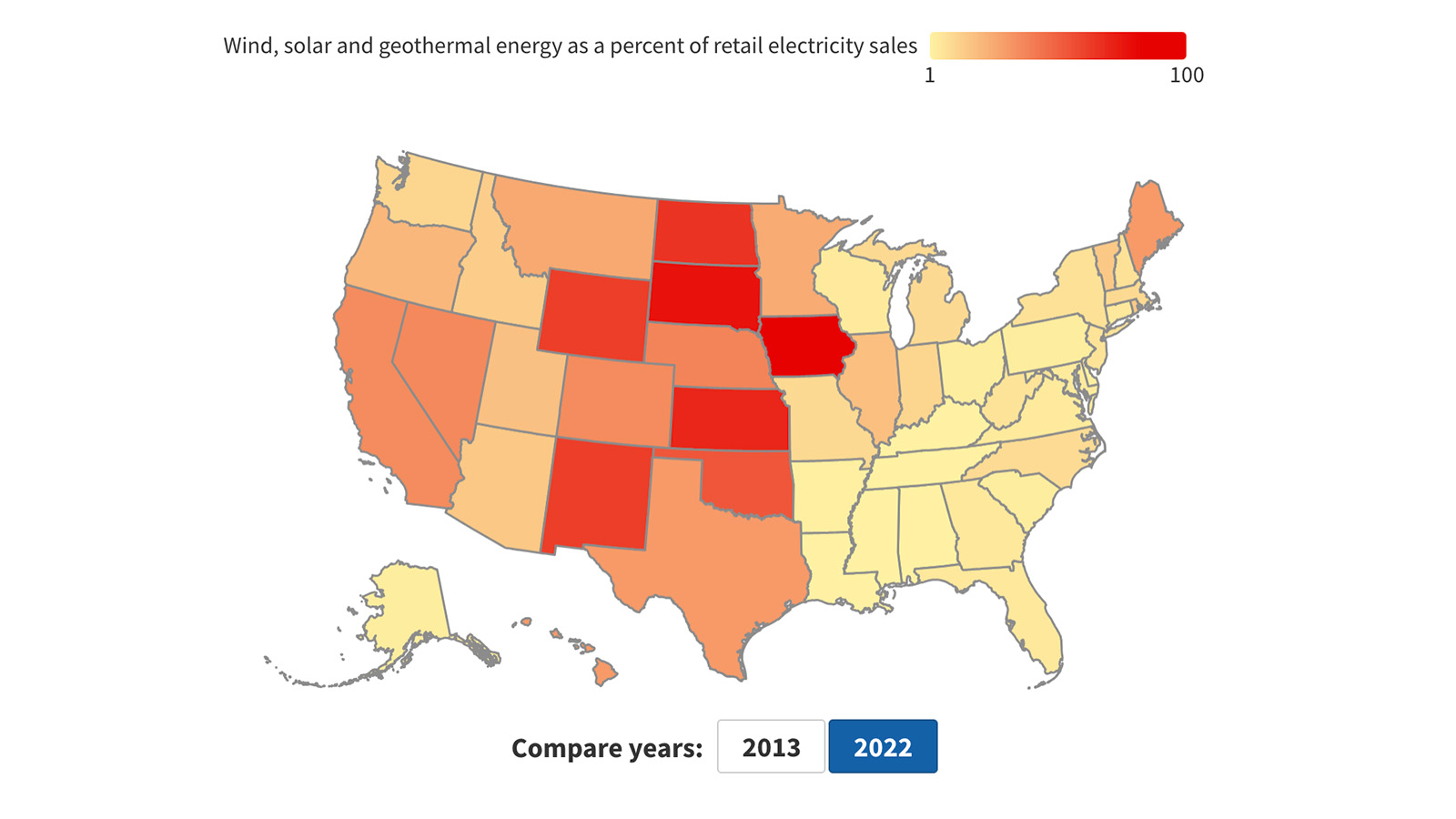
Renewables On The Rise Dashboard
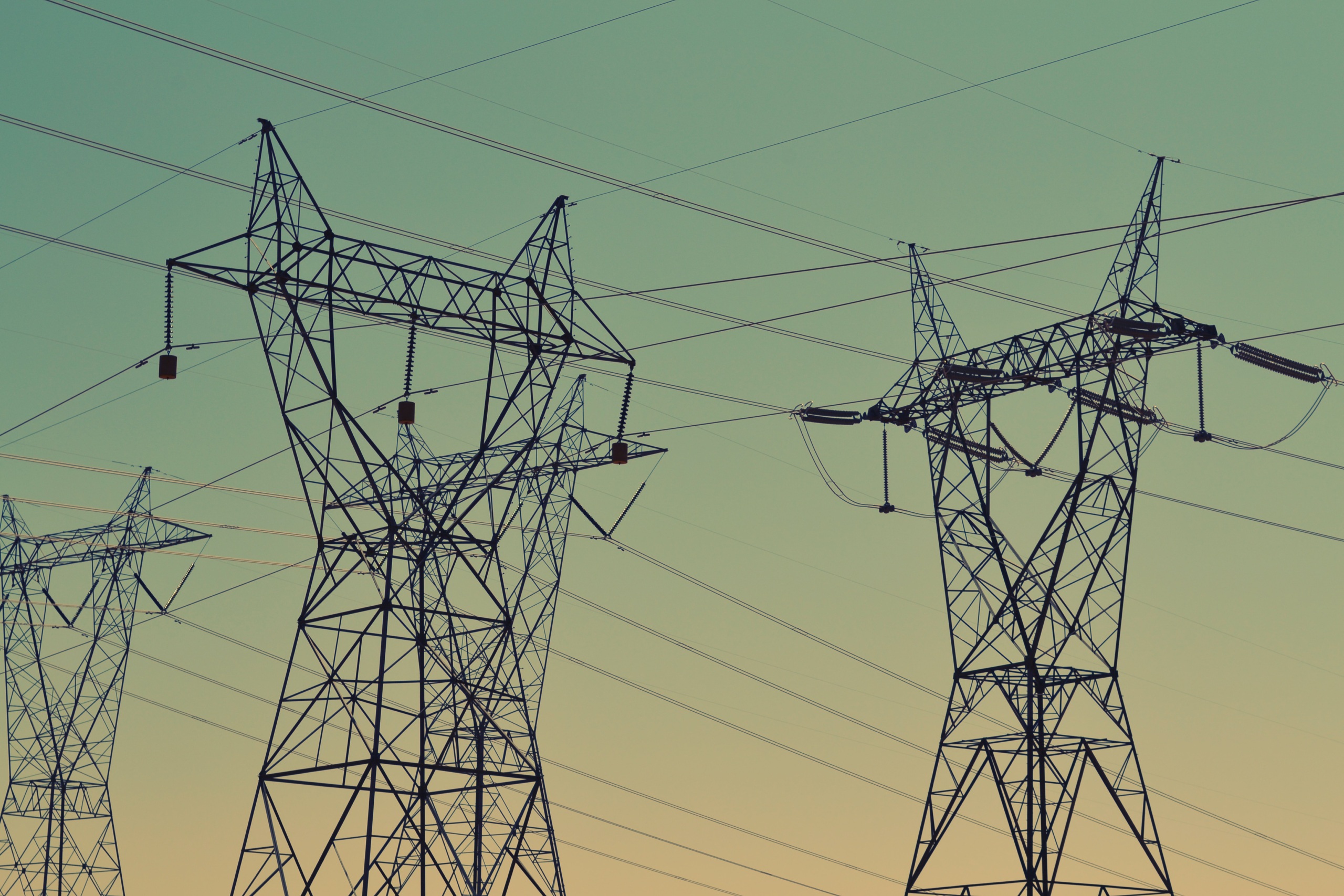
Fact file: Computing is using more energy than ever.
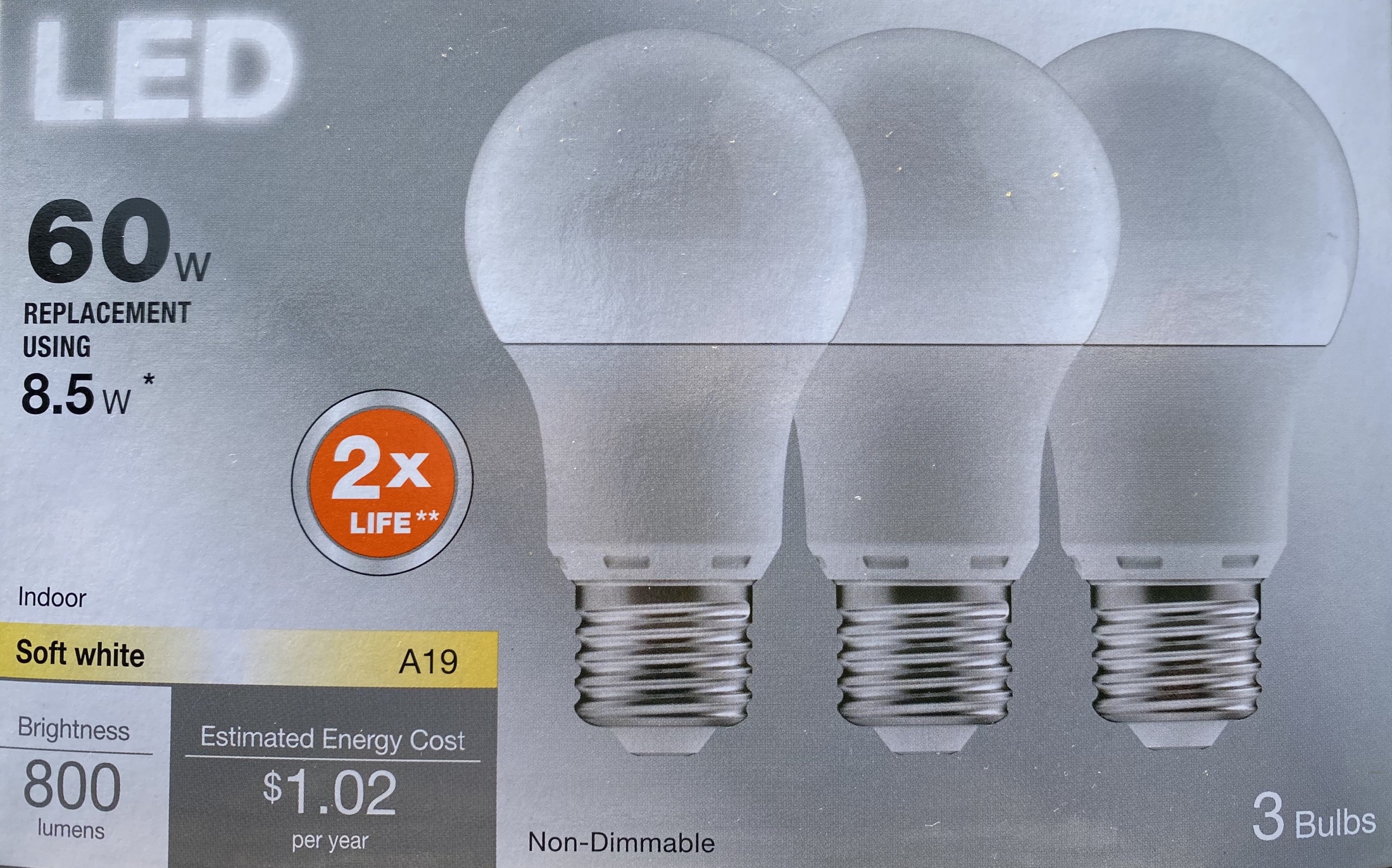
Buying LED bulbs: What to look for
